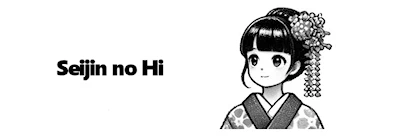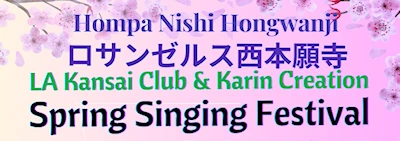John P. Humes Japanese Stroll Garden
Event Location
Locust Valley, NY 11560
The Humes Garden is a fine example of a Japanese stroll garden in the Northeast United States, seamlessly integrating ageless Japanese landscape techniques with the woodland terrain of Long Island’s North Shore. The Garden Conservancy was instrumental in saving the garden from closing in 1993 and managed the garden on behalf of the Humes Japanese Garden Foundation for twenty years.
Garden Time Line
2018
The Garden Conservancy conducts filmed interviews of key people involved with the Humes Garden, past and present, films and photographs the gardens in all seasons, and researches the garden's archives, as part of our Garden Documentation Program.
2017
After more than two years of negotiation, the North Shore Land Alliance purchases the Humes Garden.
2016
As part of our Digging Deeper series in Open Days, the Garden Conservancy presents several tea ceremonies at the garden, many of which sell out.
2014
The Humes Japanese Garden Foundation takes over management of the garden. The Garden Conservancy continues to help explore ways to preserve the garden as a public resource for its community.
2012
The garden’s tea house, beautifully restored by master craftsman Peter Wechsler thanks to a grant from the Peggy N. and Roger G. Gerry Charitable Trust, is dedicated at a special ceremony and named Chikufuan, Japanese for “bamboo wind tea house.”
2010
The Stroll Garden celebrates its fiftieth anniversary. Three years of funding is obtained from New York State‘s Zoos, Botanic Gardens and Aquariums fund for the ongoing care of the garden.
2009
Transfer of an additional parcel of land from the Humes family brings the Stroll Garden’s total acreage up to seven, of which four acres are under cultivation.
2001
With funds from the Freeman Foundation, the Stroll Garden begins its education outreach program to bring the Japanese garden into the classroom.
2000
Peter Wechsler constructs a new entrance gate from native Eastern red cedar, using traditional carpentry methods of the master temple builders of Japan.
2000
Mrs. Humes, the garden’s co-creator, bequeathes funds to bolster a diminishing endowment for the garden.
1998
Funds raised in 1997 allow for the rejuvenation of the waterfall, a key feature of the garden, and construction of a masonry wall to mitigate road noise. The New York Times features the garden, calling it a “Hidden Jewel.”
1997
Stroll Garden receives a challenge grant from the Japan World Exposition Commemorative Fund. The Garden Conservancy works with the Humes Foundation and the Friends of the Humes Japanese Stroll Garden to raise matching funds.
1993
With the garden struggling financially, the Garden Conservancy assumes management of the garden.
1985
John P. Humes dies and the management of the garden passes to the Humes Japanese Garden Foundation. The Japanese Stroll Garden opens to the public.
1982
Humes engages Stephen Morrell as curator to rehabilitate and expand the garden, and to facilitate its transition from a private to public garden.
1980
Humes forms the Humes Japanese Garden Foundation for the purposes of maintenance and preservation of the Stroll Garden. Landscape architect Francois Goffinet encourages Ambassador Humes to preserve the garden; Goffinet begins the garden’s rehabilitation that year.
1960
Lawyer John P. Humes (later Ambassador to Austria from 1969 to 1975) and his wife, Jean, visit Kyoto. Inspired by their visit, they spend the next 4 years transforming a wooded corner of their Mill Neck estate into a meditative Japanese landscape, including an imported tea house. They engage a Japanese landscape designer and his wife, Douglas and Joan DeFaya, to design and direct the installation of the original two-acre section of the garden.
Contact
Phone: (516) 676-4486Location Website
Click to Visit
(For Event Information See Event Website Page)
Authentic Japanese Gardens (United States)
Best Japanese Gardens
Japanese Rock 'Zen' Gardens (United States)
Best Japanese Rock 'Zen' Gardens
Japanese Teahouses (United States)
Best Japanese Teahouses
Japanese Museum Art
Japanese Museums Map of Japanese Museums












![2025 Los Angeles Dodgers Schedule with Japanese Superstars Shohei Ohtani, Yoshinobu Yamamoto and Roki Sasaki (2025 Schedule) [Video] 2025 Los Angeles Dodgers Schedule with Japanese Superstars Shohei Ohtani, Yoshinobu Yamamoto and Roki Sasaki (2025 Schedule) [Video]](/calendar/events/themes/lib/eid/40570i.webp)




